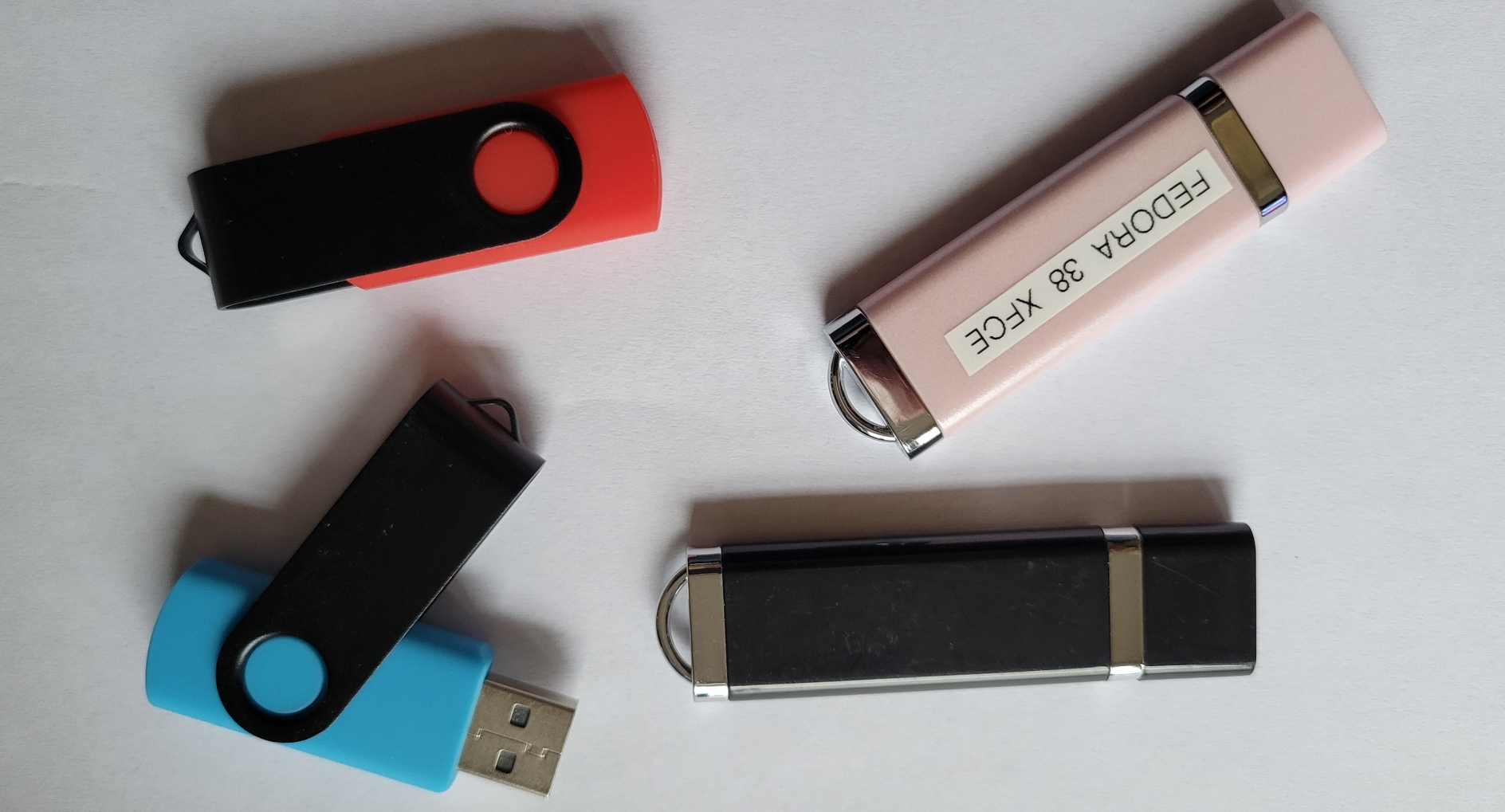
Essential steps for creating a USB boot drive for Linux
I usually keep a bootable Linux USB drive with me because I never know when I will need to use one to rescue a crashed Microsoft Windows machine or turn someone on to the Linux desktop. Most distributions, including my daily driver, Linux Mint Cinnamon, have utilities that make boot disk creation much easier than it used to be. If you are on a Windows or MacOS platform, you could use a great utility like Etcher.io, which is one of my favorite boot disk creation tools. But let’s suppose that you are using a Linux computer with no connection to the internet and no other disk creation tools.
You could use dd, a tool that many folks have never used, but it’s still a reliable utility and one that can make a bootable disk when all else fails. The dd command is a Linux utility that is sometimes referred to as ‘disk destroyer’ or ‘data duplicator’. It is very useful and effective if you have no other way to create a bootable USB drive.
You will need a FAT32 formatted USB drive. Then, you will need to determine the directory in which the iso file bearing the Linux distribution resides so that you can point to it in your command sequence. You will also need to use the lsblk command to determine which block device you are going to send your data to. Use of the dd command without good information can be devastating to the health of your system as it is easy to overwrite the wrong drive like your boot and/or data drive.
With your USB stick inserted into your computer, open a terminal issue the following command:
$ lsblk You should receive an output that looks something like this.
$ /dev/sdb1 or /dev/sdc1
Unmount the drive with the following command.
$ sudo umount /dev/sdX1 Use the dd command to write the ISO file to the USB drive:
$ sudo dd if=/path/to/linux.iso of=/dev/sdX bs=4M status=progress
Replace /path/to/linux.iso with the path to your ISO file and /dev/sdX with the correct device identifier
After the dd command completes, you can verify that the data was written correctly by checking the output of lsblk or fdisk -1.
Once the process is complete, safely eject the USB drive:
$ sudo eject /dev/sdX
Now you are ready to use your newly created Linux boot drive to rescue Windows systems or turn someone on to using Linux.